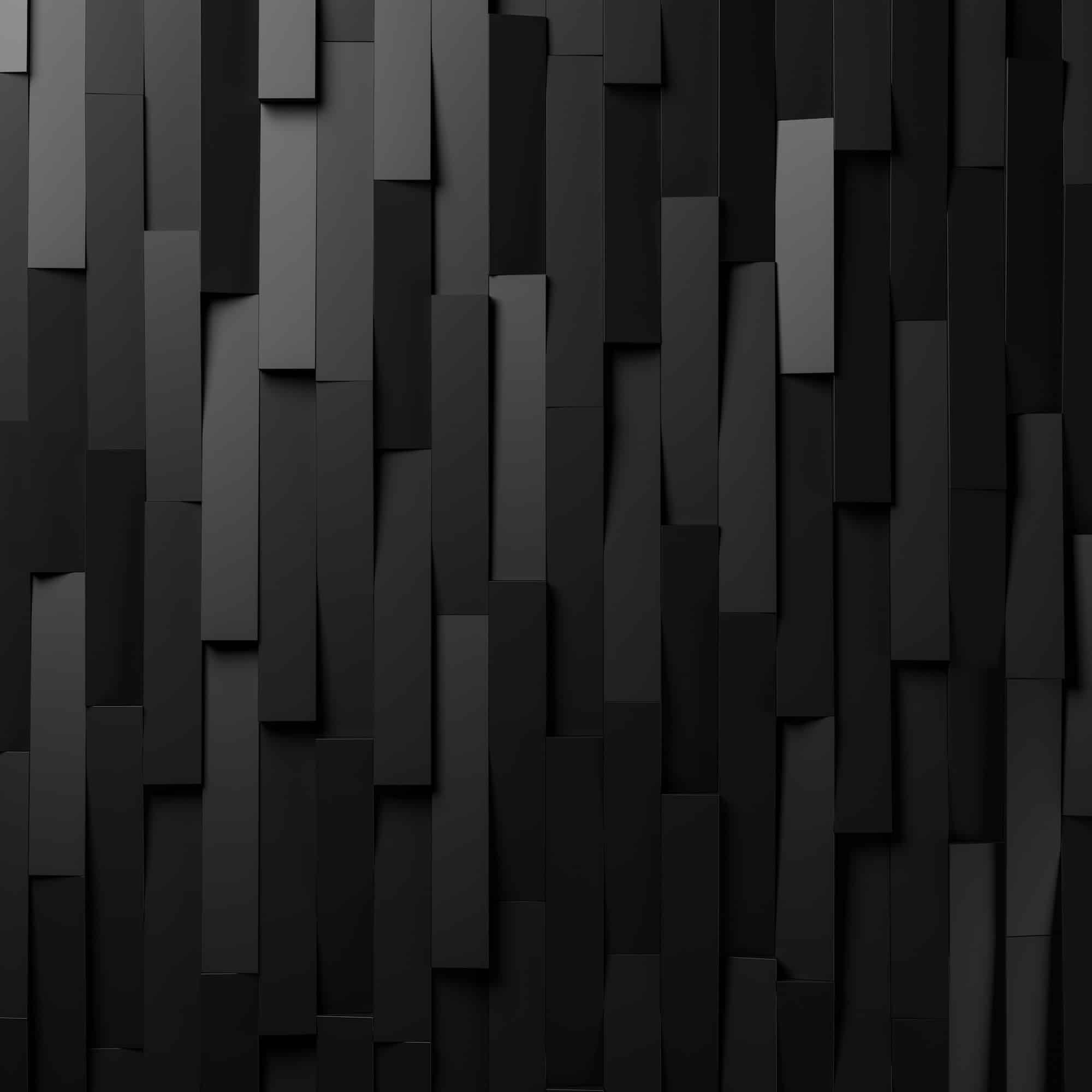Landing pages are a key element of intelligent web development. They challenge developers, writers, designers, analytical teams, advertising corporations, social media platforms, entrepreneurs, and mom-and-pop shops. Companies like Dell have over a thousand targeted landing pages, while other sites that sell the same product might only have one.
The concept of a landing page is that it’s the first view of the site. For a first time viewer, there are certain principles at work that decide how likely they are to respect, trust, and engage. In the case of an eCommerce website, transactions are implied, and prices are expected. In the case of a site that has a more particular market or purpose, the landing page requires more communication for the customer to perceive value.
Landing Page Fundamentals
The landing page as a marketing tool is a window into a vast amount of information: every element of the customer-to-seller relationship is embodied by the details that make a landing page either a success or a failure. With a landing page, a seller has the power to condense their key information, selling points, media, and word choice into a neat package that’s specifically designed around their target audience. This is precisely what makes landing pages such a common practice.
Beginning with the early web pages that started to funnel search results into potential customers, the landing page has evolved, but it has always been centered around six different factors: conversions, structure, design, copy, media, and targeting. Each of these factors are so important that entire markets exist to assist in their unique contribution to sales. Freelance sites, private developers, and international corporations have formed around the landing page phenomenon, and that wouldn’t be the case unless the field of work was critically responsible for producing profit.
The concept of a landing page is simple: a web page is created that’s meant to be a person’s first window into a product, service, or larger website. By precisely crafting the page in a way that makes a viewer more likely to continue viewing, the landing page becomes a vehicle for views and revenue. Each of these elements, like the mechanical workings of a car, contribute to the goal of pushing sales further.
Conversions, Bounces, and Exits
The engine of a landing page is found in its conversion rate. When a viewer arrives at a landing page, they’re either going to convert, bounce or exit.
The entirety of a landing page exists to optimize conversions, or the moment a viewer is turned into a buyer. While the layout, design, sales copy, media, and demographic research are all crucial to this rate, the final rate is what matters. Every element of a perfect landing page is focused around the goal of completing a sale.
Conversion rates are a potent form of leverage, allowing developers to determine the value of 100 page views. If 5 sales are made per 100 views, the site has a 5% conversion rate. By determining the price of views through direct forms of marketing and pay-per-click or pay-per-impression advertising, a budget can be drafted that statistically guarantees profit.
With conversions, come the two negative sides of viewership. Bounce and exit viewers make up the majority of page views, and both are uniquely different. A “bounced” page view is where the viewer leaves the page after a single page view, while an exit is a view that leaves a page after a series of page views. While an exit might have browsed through a few pages, a bounce indifferently leaves the site.
A perfect landing page captures each and every potential customer. Even if they don’t buy the product or subscribe right away, the page should create an impression powerful enough to bring them back to the site they decide to change their choice. This is the core of each and every landing page on the Internet, and it’s the singular goal that they’re all trying to achieve. Every other element of the landing page is there to contribute to conversions.
Layout, Structure and User Experience
If conversions are the engine of a landing page, the layout is like its frame.
Each viewer will have a unique experience based on their expectations, but a perfect landing page will clearly communicate that the product, service, or subscription being offered to them is valuable. In sales, they say that if a person really needs or wants something in their life, they’ll feel bad if they don’t buy it. That feeling is a natural result of worthy products, services, and subscriptions.
These considerations create the need for a structured experience in a landing page. An ideal landing page is initially attractive, welcoming and leads the viewer further down the page. If the beginning of the page makes the viewer want to scroll down, each further bit they scroll is like sinking into quicksand. If the page and product are worthwhile, it will trigger their natural intuition, and they’ll be glad to pay for what they’ve decided they want. If the site isn’t sales-oriented, the same principles apply to gaining a subscriber.
To create a perfect landing page, the structure must lead to a desired result, which is most commonly a sale. The layout must be tailored to an engaging user experience, and all of the elements of web design that are used must, in one way or another, be focused on contributing to the site’s desired result.
Dynamically Detailed Design
Layout and structure are different from the design of a page.
For example, a page that’s made with a flow that gradually eases the viewer into a sale is only a description of its layout. Design involves details like color choice, button size, button placement, fonts, symmetry, and the whole of the visual experience of the user.
In a theorized perfect landing page, the design must be created so that it’s visually welcoming to a target audience. If a button is slightly misplaced, images don’t line up properly with text, the colors seem mismatched, or the words are hard to read, certain viewers are going to lose faith in the product and bounce. While that’s the most extreme case of poor web design, the less obvious result is that small occurrences of poor web design would cause small increases in the bounce and exit rate of the page.
Design considerations, like all other elements of a landing page, should be made with careful attention to an ideal audience. A site that’s built around professionals over the age of 50 will perform better if it’s made with a more simplistic approach, as the older generation favors simplicity and ease-of-use over features, functions, and dynamic visual work. Younger audiences tend to favor the “bells and whistles” of design, as they were more likely to have been raised around the Internet. Younger viewers generally have higher graphic design standards, while older viewers tend to be more function-oriented. These are common standards, but certain audiences bend or break these rules.
If conversions are likened to the engine, and structure is likened to the frame, design is all the space between the mechanical parts and the body of the vehicle. Coding and programming could be likened to all of the mechanical parts such as the axles, rotors, control arms, radiator, transmission and so forth, as they all hold the vehicle together that’s being driven by the engine. However, the final result that people see is the design, and that’s like the exterior body of a vehicle.
Some people prefer vehicles that look modern, some prefer futuristic designs, and some still prefer an old Chevy truck. The same concept can be translated to web pages: the average ideal buyer is precisely the audience that must be considered.
Copywriting: Persuasion Through Text
Copywriting is like the interior of a vehicle in the context of a landing page. Copywriting is different from informative writing or entertainment, because it’s meant to communicate and persuade in the same package of words.
A perfect landing page needs copywriting that leaves no room for improvement. Each word, in their arrangements, must be neatly linked together in a way that doesn’t jar the reader and creates positive associations in the mind of the viewer when they think of the described product, service or subscription.
The seat the driver sits in is their perspective, and great copywriting is like having a great driver, comfortable seats, conveniently located buttons and shifters, excellent climate control, and a clean windshield. By arranging words carefully, with considerations of the audience’s reading level and preferred style of communication, the writing associated with a landing page is like gravity. If an effective layout and design are like quicksand, copy is one of the chief operating forces that pulls the viewer further down the page.
Media: Photos, Videos & Interactives
Media pairs neatly with design and copy, but it also embodies the territory somewhere between the two. It allows for communication that can be done in no other particular way.
For example, there’s no easy way to verbally describe every feature that a software has; images help tremendously with that. Step-by-step instructions are great, but so is a narrated video that shows exactly how to use a particular feature of specific software.
More importantly, images are quite powerful to the human mind, and a picture of an expensive sports car will always communicate more than a verbal description of the way that it looks. Some pages go as far as to create interactive elements, turning their landing page into a sort of “game,” complete with secret buttons and windows. Google does a phenomenal job of this on their landing page for the Pixel 4 smartphone. In fact, generally speaking, the Pixel 4’s landing page is a perfect window into the way developers can cohesively merge conversions, structure, design, copy, and media together into a single package. However, specifically, it highlights a media-centric approach to the page. If a picture is worth a thousand words, Google’s Pixel 4 page is worth a thousand blog posts.
And so in terms of a vehicle, media is like the electrical wiring of a landing page. It interconnects and empowers the different working elements of the site.
Demographic Precision
Demographic considerations are crucial to the construction of a perfect landing page, but demographic influence is most noticeable after the page has been launched for public delivery.
Some people go to the auto-mall for a truck, while others go for a 4-door sedan. One person’s perfect car is an efficient coup, while another person might need an RV. The product, service or subscription offered by most landing pages certainly won’t be for everyone, unless it’s selling water or breathable air.
There’s no substitute for great demographic awareness. If a company is prepared to spend $1,000 on advertising, and their conversion rate doubles for viewers over 30, they’d be twice as profitable if they spent that advertising money targeting people of the appropriate age group.
The old saying goes, “location, location, location.” In the theme of likening a landing page to a vehicle, demographic data is like a car dealership that picks the perfect spot, in the perfect town, on the perfect stretch of highway to advertise their models. It’s one thing to build a car, but once it’s built and ready for market, there’s an entire process involved in delivering that vehicle to the people it was made for.
Cohesion & Continuity
The ultimate result of a perfect landing page is cohesion. The design, structure, copy, and media of the site are inseparable to the untrained eye. The audience naturally finds the product because it was made with them in mind, and their page view was a seamless experience of customer interest. The conclusion of a great landing page is continuity: the success of the page contributes to future success. And like a road, work is laid out for the vehicle to traverse, and there’s always more.





